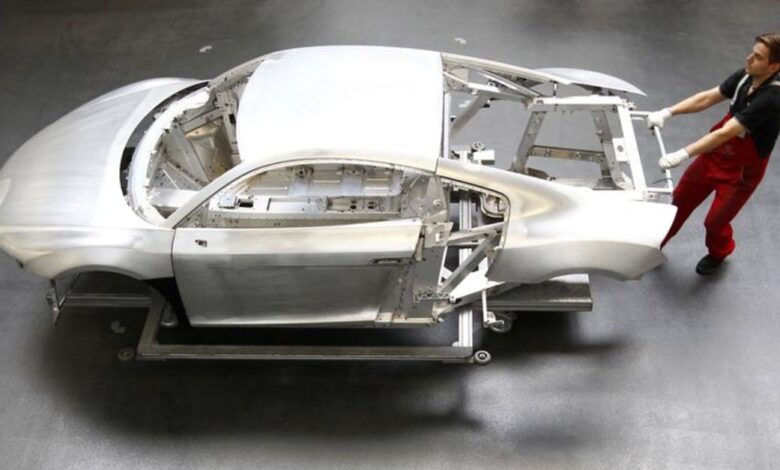Economic momentum in the Eurozone is at a standstill

While the economic momentum in the Euro Zone came to a standstill in June, this situation is considered to indicate that the recovery of the union since the crisis in the winter months has come to an end.
The Purchasing Managers Index compiled by S&P Global and released on Friday fell to a five-month low of 50.3, misleading analysts’ forecasts for a slight decline from May. While France, battered by strikes, led the decline, Germany’s troubled factories also played an important role.
While the euro fell 0.8 percent to $1.0874, the yields on German two-year bonds, which are the most sensitive to changes in monetary policy, fell 13 basis points to 3.10 percent.
While the money markets reduce the interest rate increase pricing, they will increase the deposit interest rate to just 4 percent by the end of the year. under priced to the top.
Although the Eurozone, which consists of 20 countries, made the necessary moves to get out of the moderate recession it was exposed to between October and March, S&P warned that the chances of this problem spreading to the next quarter increase, especially as the European Central Bank continues to raise interest rates.
Cyrus de la Rubia, Chief Economist at Hamburg Commercial Bank, said: “Even if our baseline scenario of slight positive growth from the euro area in the second quarter is still true, the downward trend in the Composite PMI is due to the fact that companies in all sectors face worsening order books. It indicates that the second half of the year will be difficult.”
Manufacturing remained the “main area of weakness” in June, while the services sector slowed sharply as the recent recovery in spending lost momentum.
On the other hand, according to S&P, disappointing data on the activity front was accompanied by a “significant cooling of inflationary pressures”. The agency said input costs increased at the slowest rate since December 2020 and sales prices for goods and services increased at the slowest rate since March 2021.
This historic cycle may offer some hope for the ECB, which is nearing the end of its cycle but has recently signaled that rate hikes may need to continue beyond the July end date as most economists predicted.
De la Rubia pointed out that the main problem in inflation is not the prices of goods and said, “If the ECB had only to control the prices of goods, then it could have celebrated the end of inflation. However, prices continue to rise in the private services sector, which is the more important part of the economy, and therefore the core inflation rate is falling very slowly.





